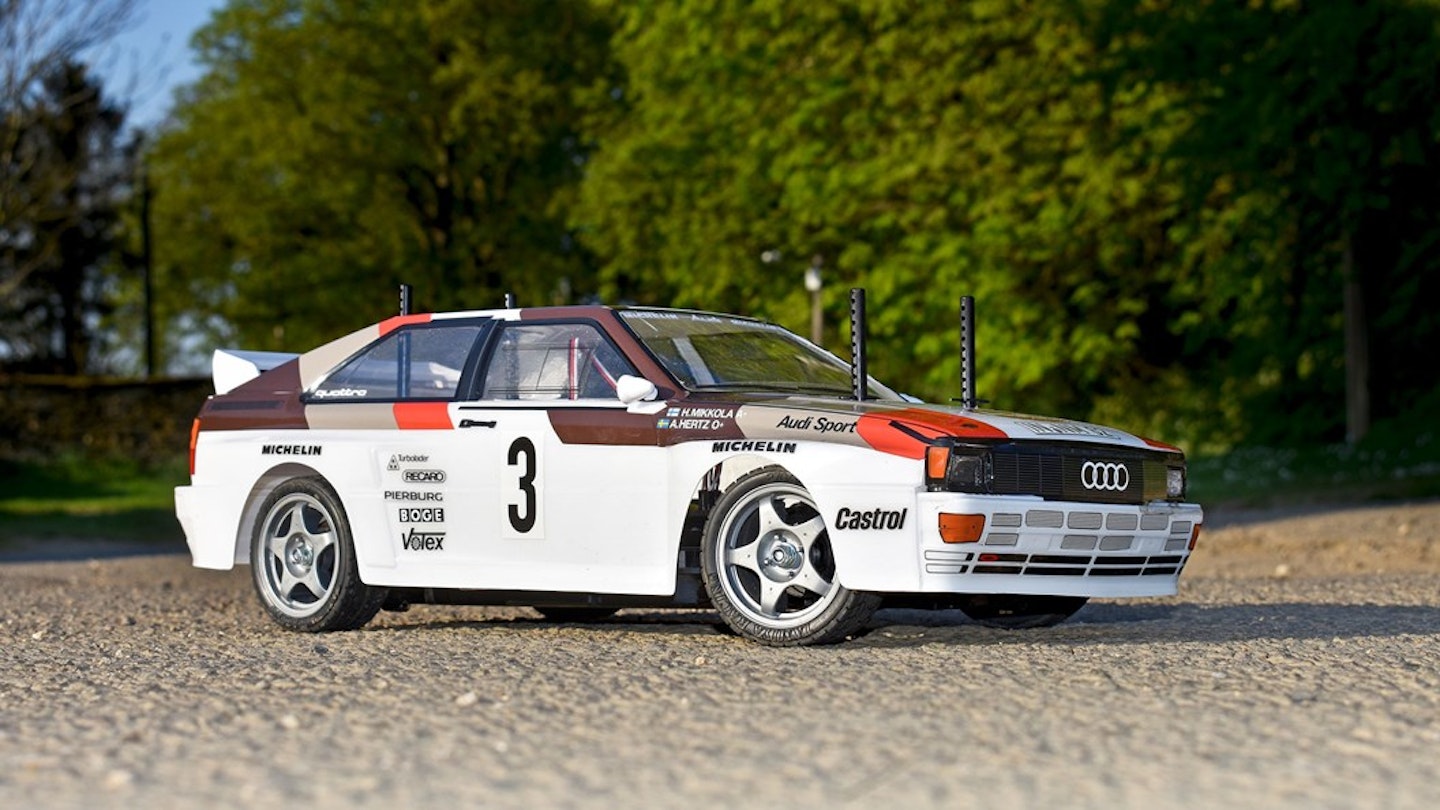Much like Gran Turismo, Scalextric and Hot Wheels, Tamiya is a brand synonymous with car culture, and an important part in the development of a petrolhead. Just like those brands, Tamiya hasn’t gone anywhere and, thanks to the pandemic, it’s experiencing something of a resurgence.
Thousands of fans are getting involved in Tamiya’s heady mixture of spray paint, over tightened bolts and decal-induced stress headaches. So, what Tamiya sets are available now, and what do you need?
What to buy
To get a Tamiya R/C car up and running, you’ll need to buy more than just one of the kits listed below. There are three main areas you need to take care of:
First, you’ll need a proper tool set to assemble the chassis, with all the relevant screwdrivers, as well as a knife.
Next, you’ll need equipment to cut out and finish the bodyshell of the car, and that means buying paints, brushes, masking tape as well as knife, scissors and a reaming tool.
Finally, you’ll also need to buy some electrical bits to get the car up and running, and they include a battery, battery charger, servo and wireless controller with receiver.
Expect to spend something like £100 on the above but remember that the tools can be used with other models, and the electronic bits can be swapped between models if you get more.
The best Tamiya R/C sets
Tamiya produces a wide range of different cars, so it’s easier to divide them into off-road and on-road models. We’ll update this list continuously.
Off-road
1.
Lunch Box
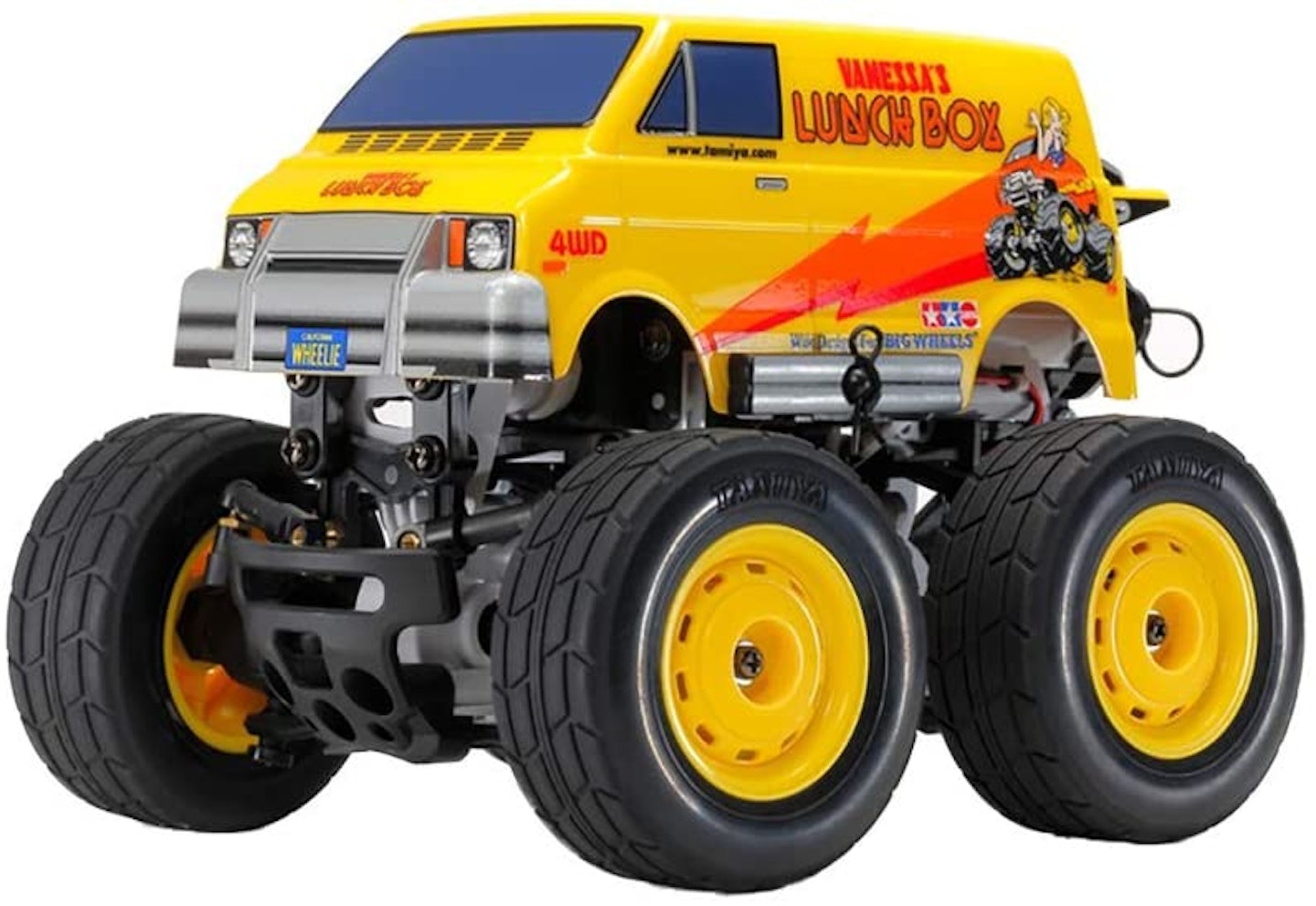
An R/C kit from Tamiya's so-called golden-age, the Lunch Box plops a boxy minivan on off-road, monster truck wheels. Just like it was back in 1987, the Lunch box is still easy to assemble and maintain - but also leaves room for customisation. It's fairly inexpensive, too, so could make a good starter kit.
2.
The Hornet

Like the Lunch box above, The Hornet is a good kit to start out with. It's easy to assemble, includes most of what you'd need and features an independent front suspension and rolling rigid rear axle suspension with oil-filled dampers. The Hornet is only 2WD, but that does allow for some exciting handling. It's a great car to show beginners the ropes, and like every car on this list, there are things you can do to upgrade it; whether that's changing the motor, the battery or even the suspension components.
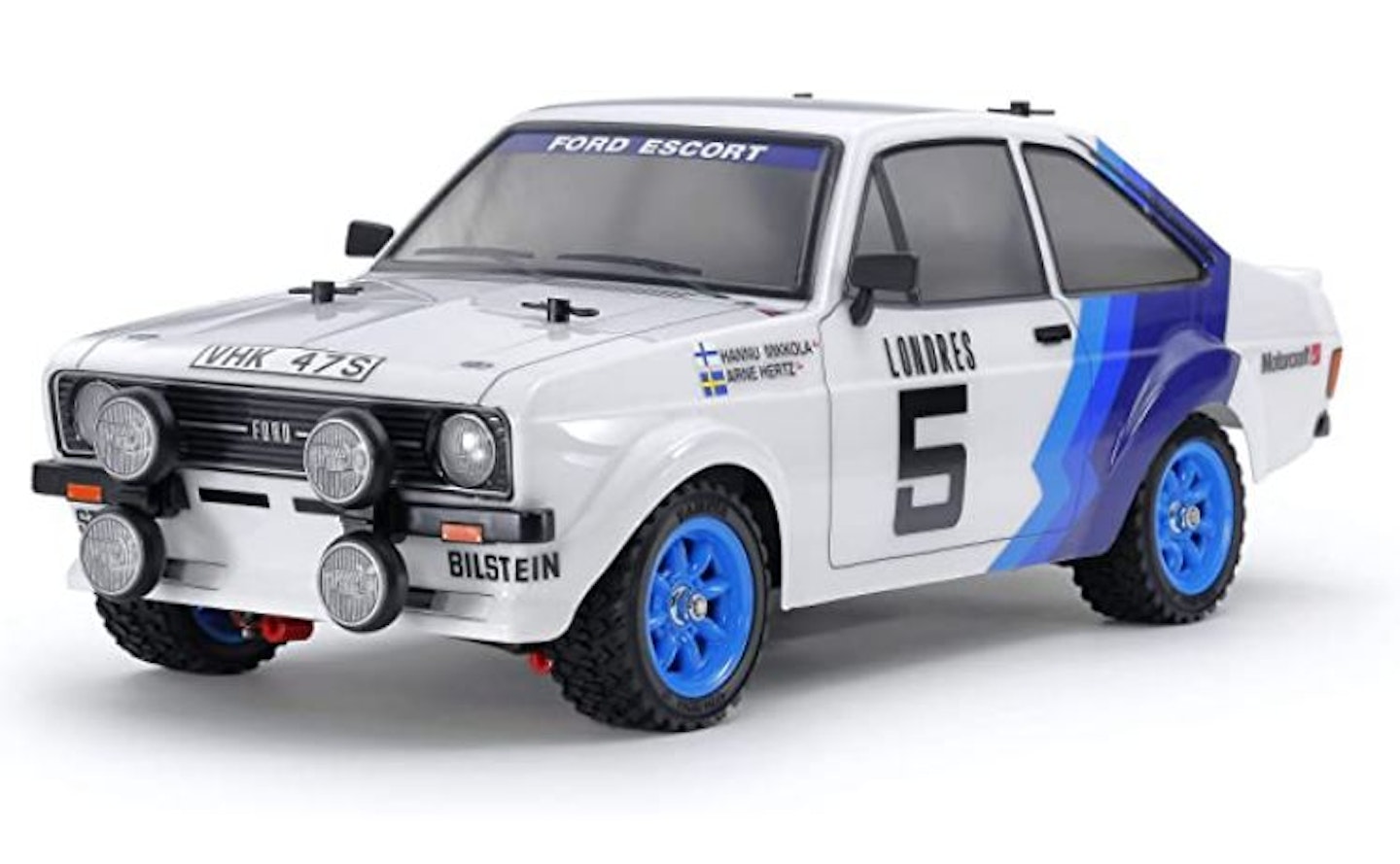
We reckon this is one of the best looking Tamiya kits. But Tamiya's Escort is capable of delivering a thrilling drive too. It sits on the MF-01X chassis which is good for level dirt or sealed surfaces. Unlike the original Escort, this has four wheel drive and is powered by Tamiya's excellent 540 electric motor.
4.
Grasshopper
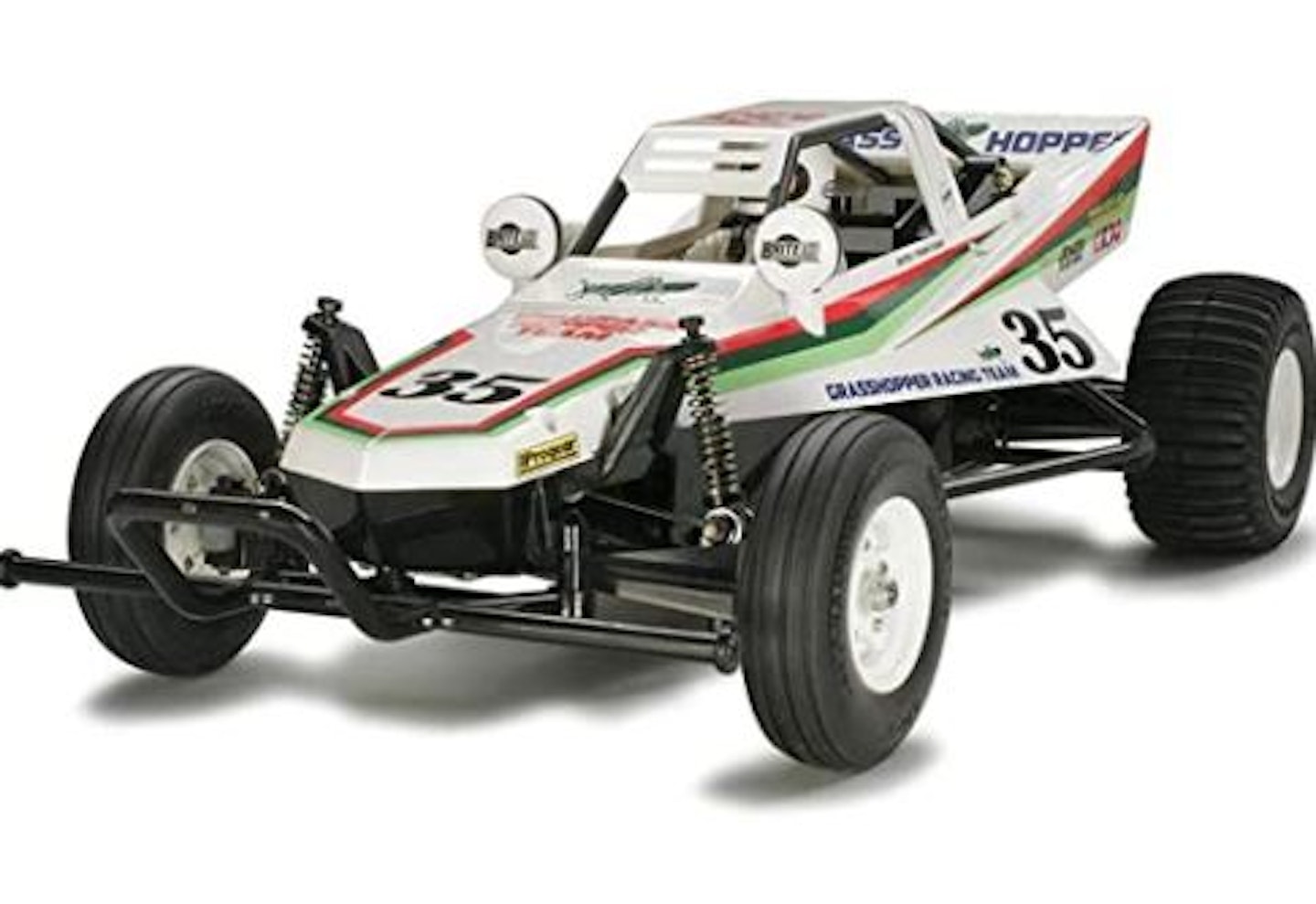
One of the cheaper cars on this list, the Grasshopper is an enduring classic for Tamiya. Originally release in 1984, and still available today, the Grasshopper performs well on off-road and tarmac. It's easy to use and simple to tinker with, too.
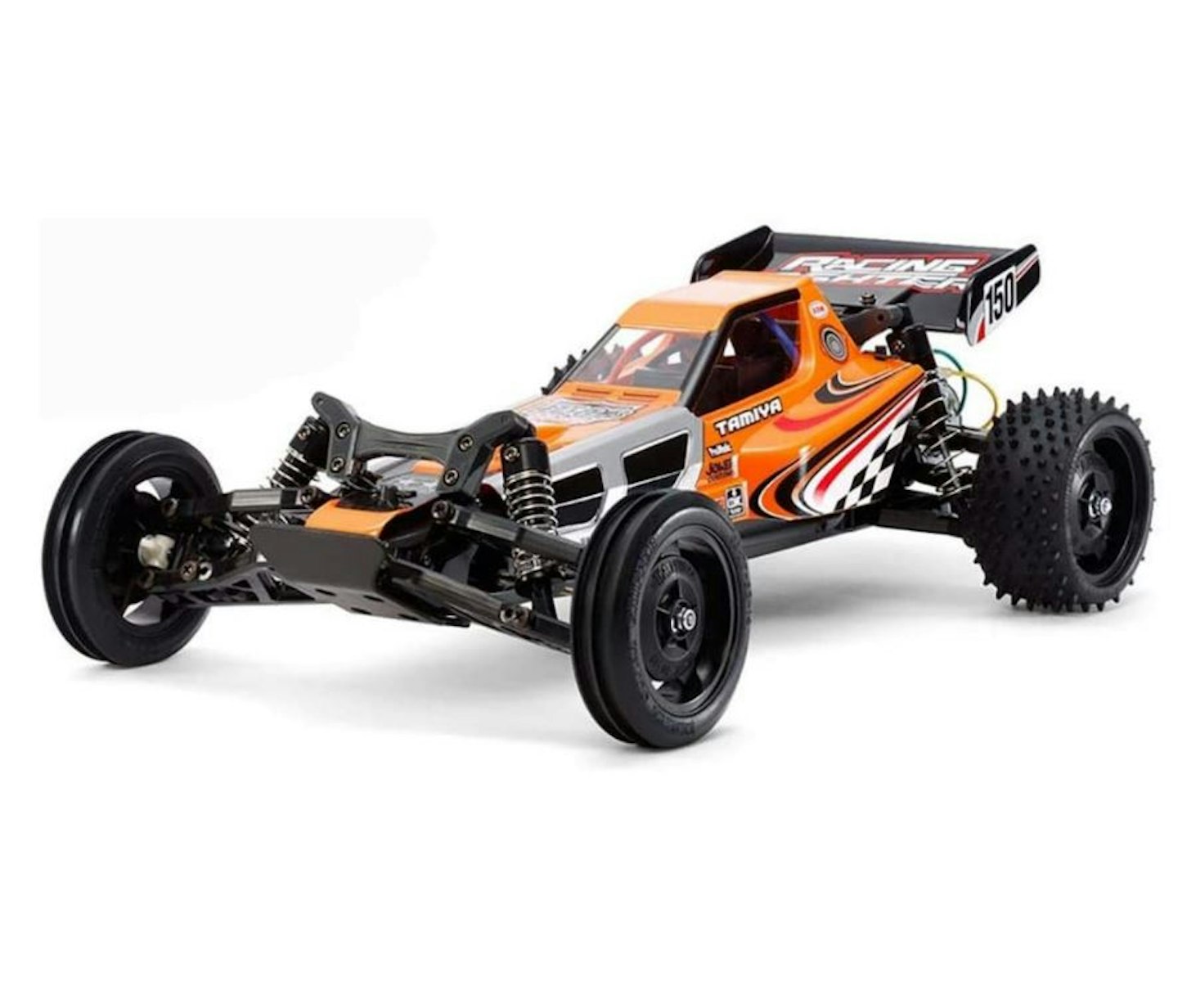
Like the Grasshopper, the Racing Fighter is a great starter vehicle of relatively good value. However, unlike the Grasshopper, the Racing Fighter is very much at home on the grass and dirt only. Read our full Racing Fighter review to get a first-hand account of this mean looking racer.
On-road
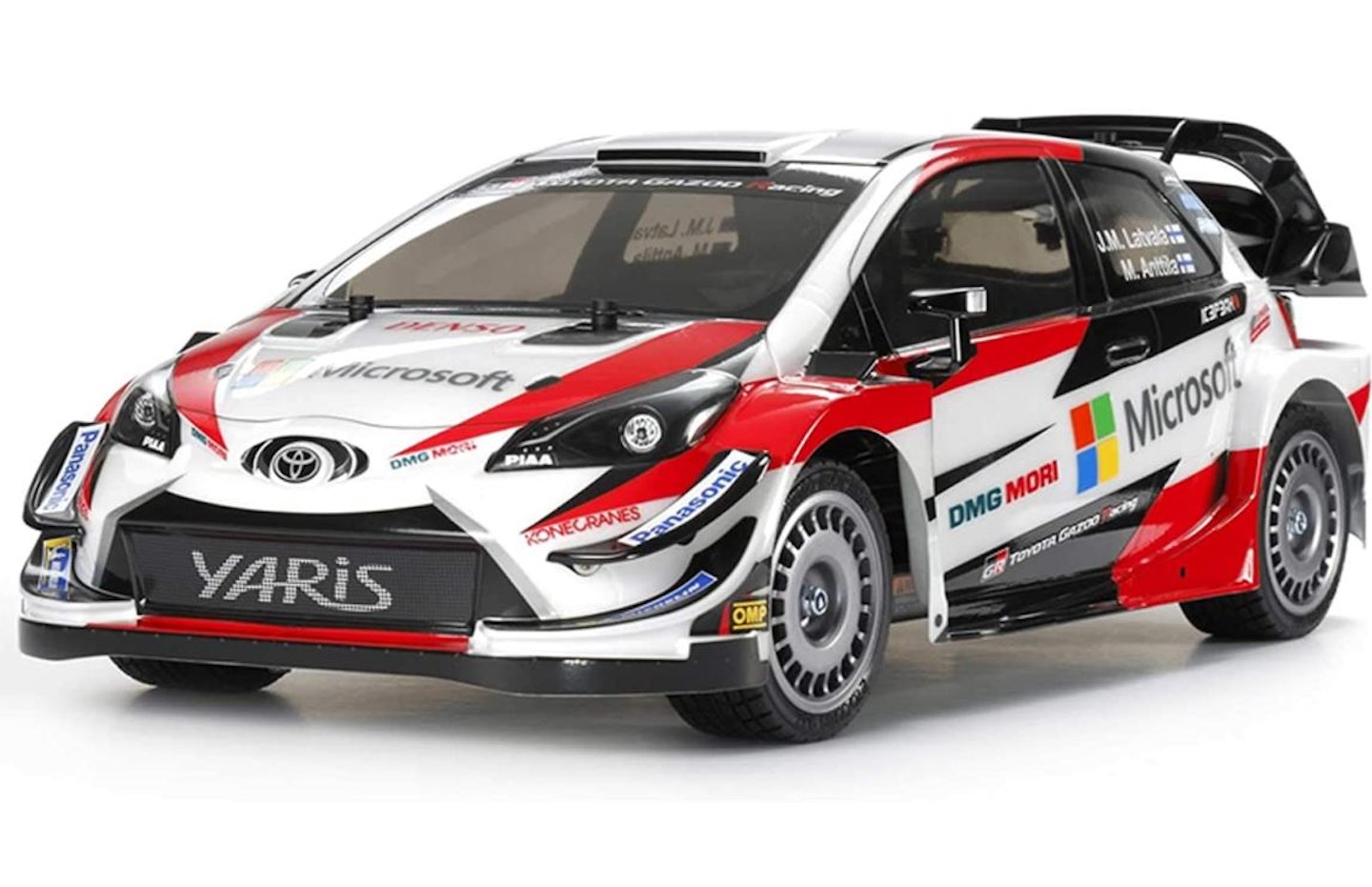
Yes it's a rally car but Tamiya's WRC Yaris sits on the road-going TT-02 chassis. The goods: a punchy 540 electric motor, 1/10 scale, and four-wheel-drive.
7.
Lancia Delta
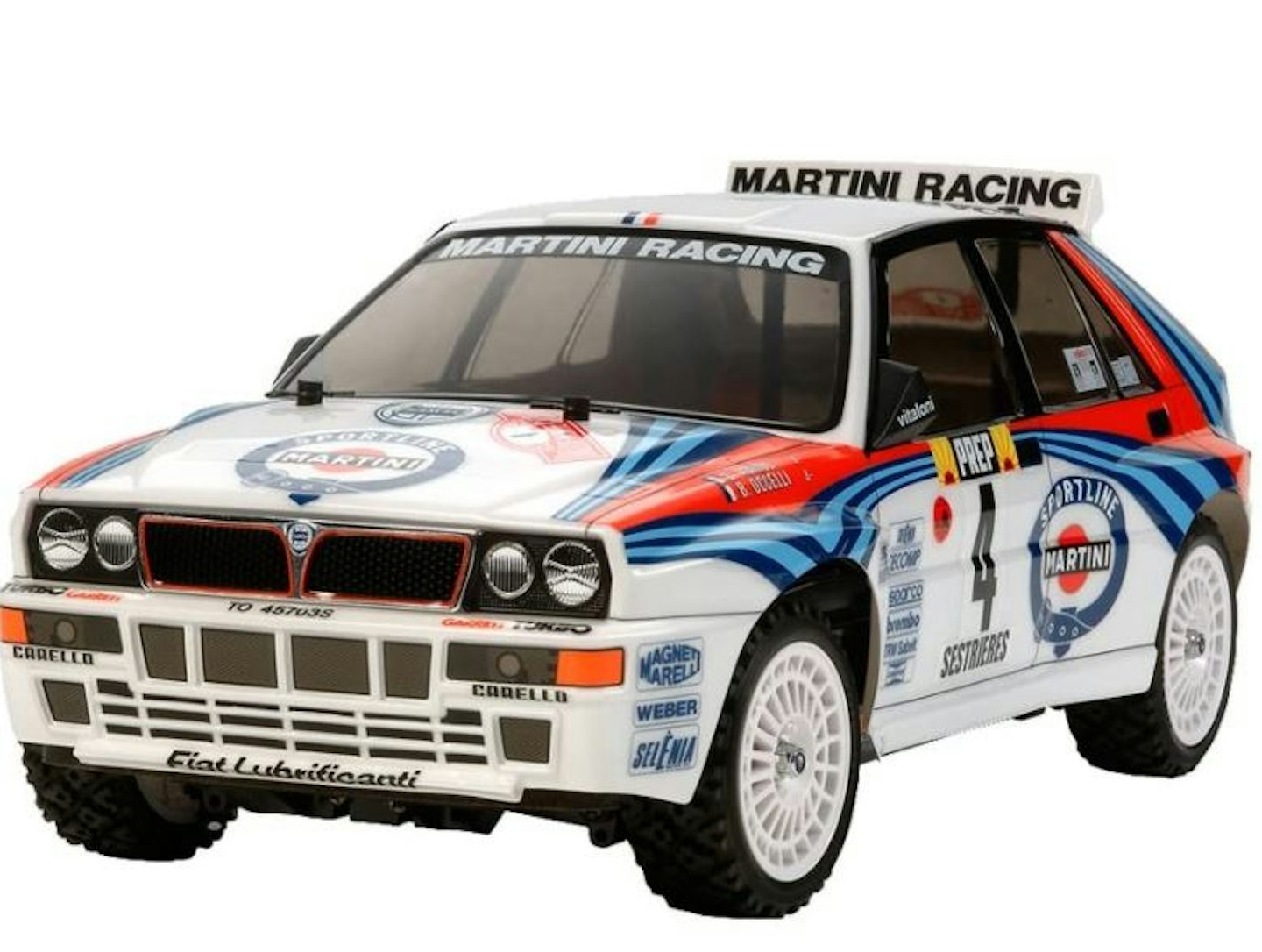
One of the most iconic rally cars ever, this Delta car will have you creating your own great racing moments. The Lancia comes with some striking decals, and when completed in the classic style, it's a great looking car to rival the Escort. Of course, you're able to paint it however you want, but you'll need to take your time whatever you do. The Lancia comes on the up-to-date TT-02 chassis, so spares and upgrades won't be scarce.
8.
Audi Quattro
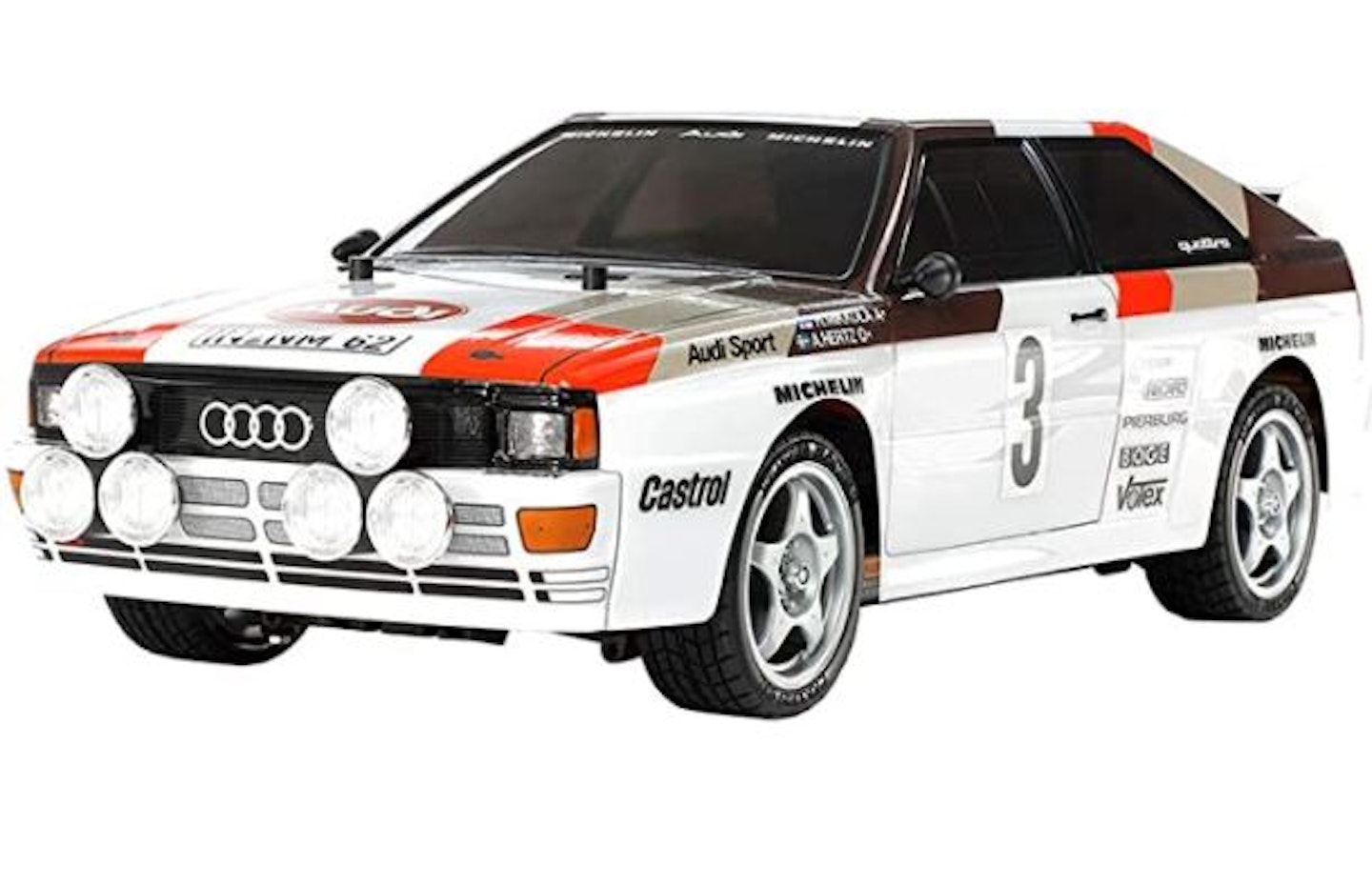
The same hardware as the Lancia Delta and WRC Yaris, just with that incredible Quattro body plonked on instead.
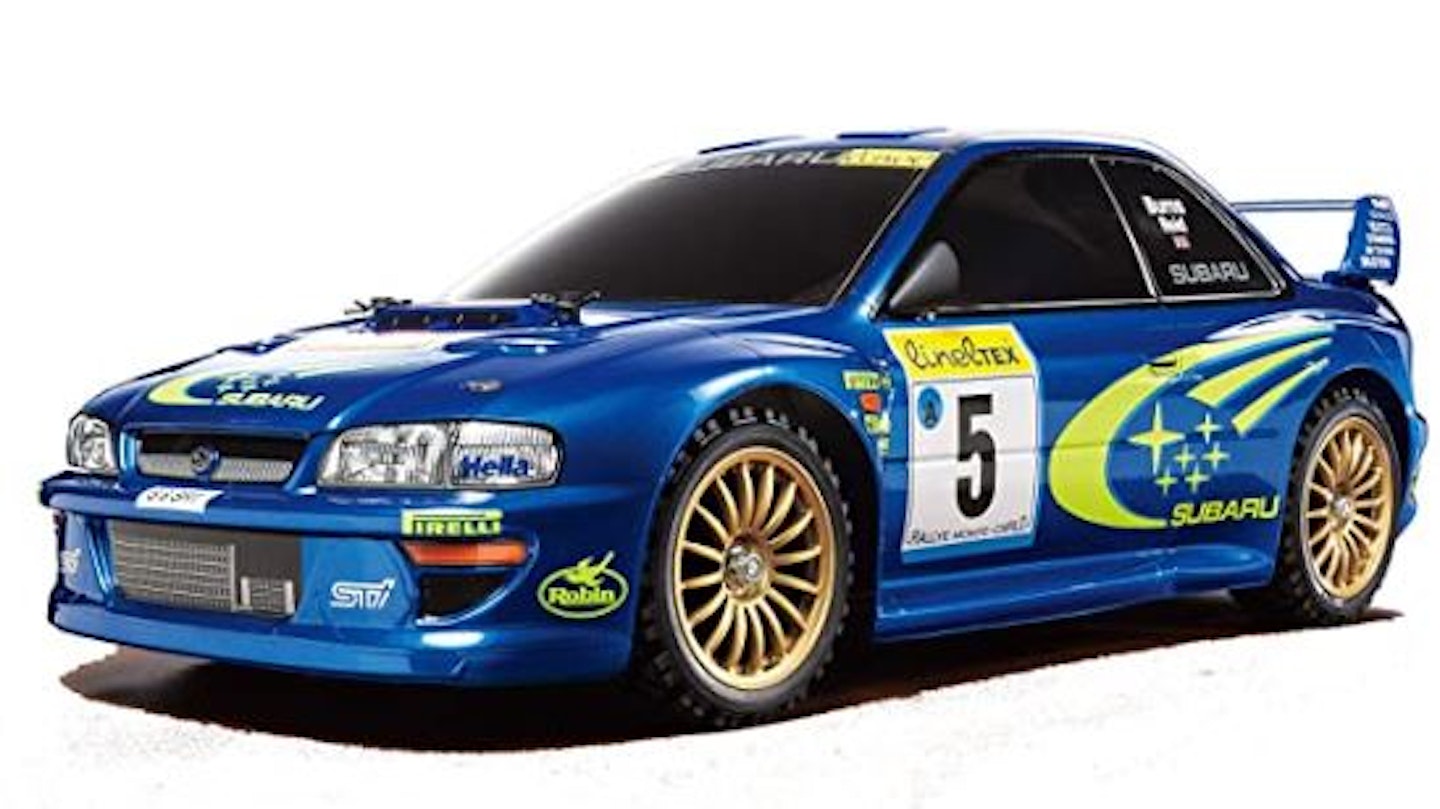
Substitute the Quattro body for this, if you're a star-spangled Subaru fan. This is the two-door model as well.
